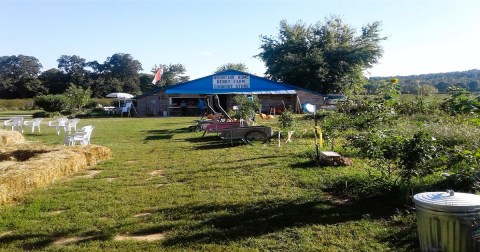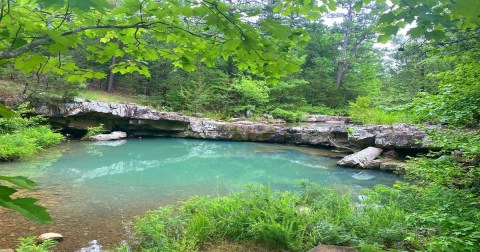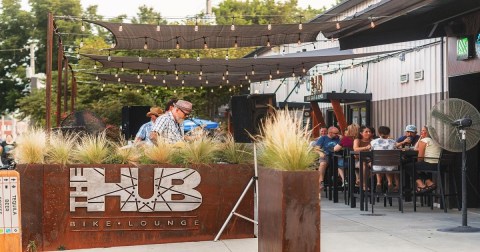Most People Don't Know How These 14 Historic Towns In Arkansas Got Their Start
Most everyone knows that Hot Springs began because of the hot springs located there, but there are interesting stories surrounding the origins of some historic Arkansas towns that you may not have heard before. These are tales of barbecue, enterprising, stranded men turned merchants, and competing senators who named places after each other.
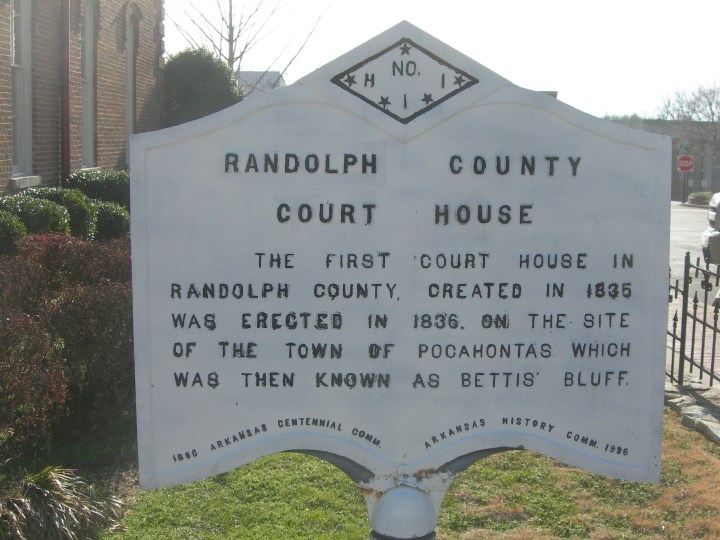
The area around Pocahontas was first settled in about 1808 by a man named Ransom Bettis. It was called Bettis Bluff. Later on, in 1826, a man named Thomas Drew moved there and married Bettis’s daughter, Cinderella (yeah, that really was her name.) Pocahontas became a thriving town, though, because clever Drew and Bettis invited the whole community over for barbecue and liquor on the day the county voted for which town would become the county seat. Folks could vote at either Bettis Bluff or at the location of its rival, Columbia. More people went to Bettis Bluff to vote because of the free food and alcohol. An alternate story says that Drew and Bettis gave opposing delegations so much alcohol that they were passed out at the time of the vote. It turns out no one really knows why they renamed Bettis Bluff Pocahontas, but regardless of what it was called at the time, Pocahontas has a really funny origin story.

It is thought that El Dorado was named by its first settler, Matthew Rainey. He built a store there in 1843. According to some reports, he did so because he was stranded and decided to set up shop and sell everything he owned. He was so successful that he stayed there permanently. Indeed, he was so successful that he decided to name the community after the fabled city of gold. It probably helped a little that El Dorado became the county seat the year Rainey decided to sell all his stuff. The name was really appropriate later: El Dorado struck black gold and became a oil boomtown.
Advertisement
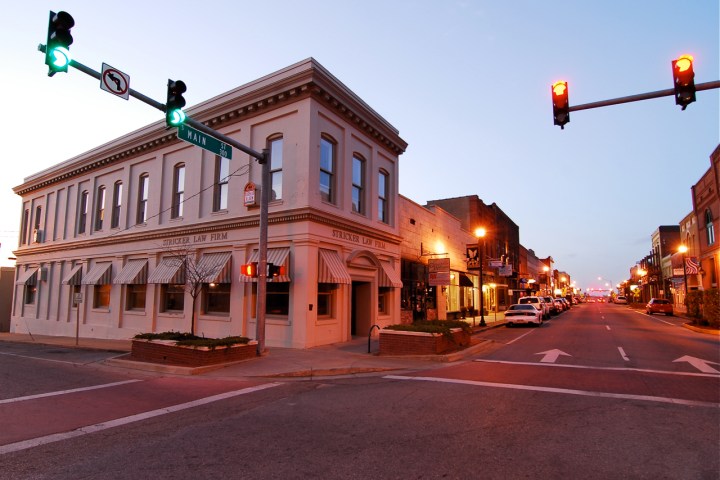
Crowley’s Ridge is important because its higher elevation protects parts of eastern Arkansas from potentially devastating floods. Being protected from floods is pretty important if you’re planning a city, so most major northeastern Arkansas cities sit on that ridge. The entire ridge is called that now, but originally it was just the hub where Jonesboro sits, because a man named Benjamin Crowley got tired of floods and built a home there. In 1858 senators William Jones and Thomas Craighead had a disagreement about whether or not to have a new county. Jones wanted the county and Craighead didn’t. After the measure passed, Jones suggested that they name the county after Craighead. Most everyone agreed, presumably because that is hilarious. Craighead took it in stride and suggested that the county seat be named after Jones.
Advertisement
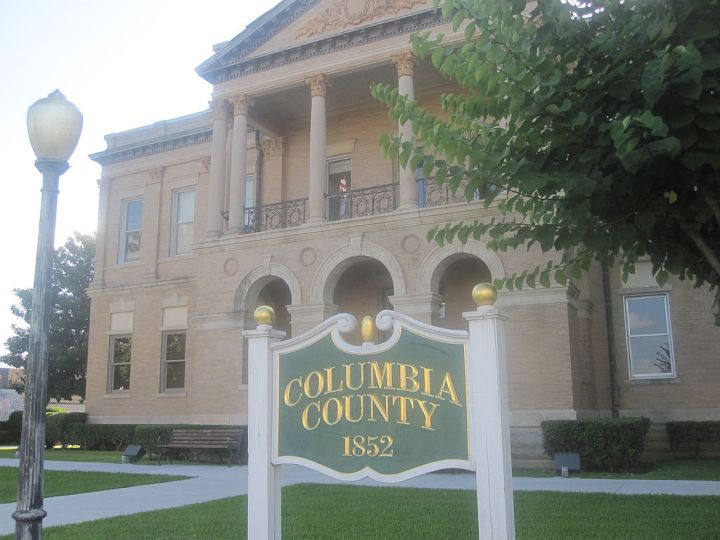
Magnolia is where it is because a survey looking for the geographical center of Columbia County found that that center was located in the Big Creek bottoms. Since they couldn’t build a courthouse there, they moved the location a mile east. There are conflicting stories about why Magnolia was named that. One story says a planter’s daughter suggested it at a dinner party. Another says a young commissioner asked his fiancée what to call the new town and misunderstood her when she replied "Peoria." It’s pretty funny either way, because at the time the newly-minted Magnolia had no magnolia trees.

Mountain View became an incorporated town in 1890, because the newly formed Stone County needed a county seat. A spot at the center of the county was selected, a small log county courthouse was built, and the town of Mountain View grew up around it. Mountain View is now known as the Folk Music Capital of the World, and they work hard there to preserve the traditions of the Ozarks. It is the home of Ozark Folk Center State Park.
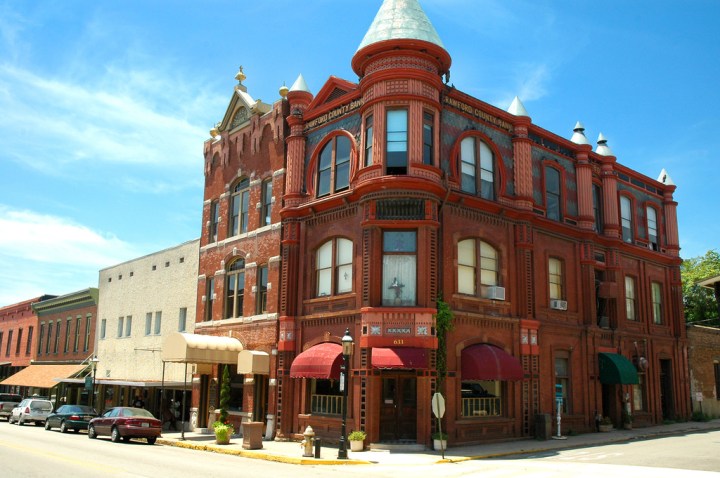
In 1819, a pair called Daniel and Thomas Phillips started a lumber yard near modern-day Van Buren, due to the ease of shipping because of its position on the Arkansas River. Back then it was called Phillips Landing. In 1831, the post office was built and named after then-Secretary of State, Martin Van Buren. That land was purchased by John Drennen and David Thompson for $11,000. They sold firewood to steamboats. Van Buren became the county seat of Crawford County because Drennen donated land for the courthouse on the condition that it also become the county seat. You can still visit Drennen’s house today, now dubbed the Drennen-Scott House; it’s a cool museum.
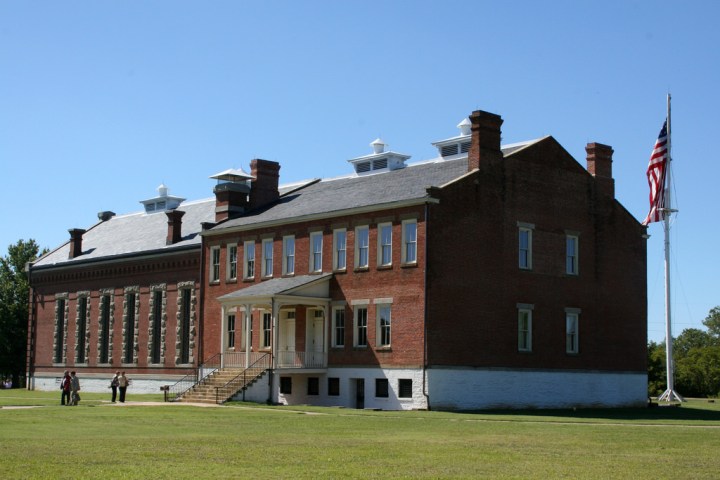
Fort Smith began as a military outpost in 1817, but it was abandoned by the military in 1824. The enterprising John Rogers bought the government-owned lands and began efforts to make Fort Smith into a real city. Largely due to his influence, the federal government moved a military presence back to Fort Smith during the Mexican War and Indian Removal. This is how Fort Smith became the home of the U.S. marshals who imposed federal law on the wilds of the Indian Territory during its most famously historic period.

Pike County was created in 1833 and there were two guys looking for a county seat then, too. They selected what is now Murfreesboro despite the fact that there was only one man living there—a merchant named Asa Thompson. Thompson secured a post office for the place, and he called it Zebulon. No, that’s not the name of a space ship or an alien race. It’s the original name of Murfreesboro. Thanks, Asa Thompson. It’s thought that new arrivals from Tennessee changed the name to Murfreesboro, after their hometown.
Advertisement

In 1819, a fur trader named Joseph Bonne found a nice place to build a cabin for his wife, who was Quapaw, and their children. It was on a bluff and there were lots of pine trees. Later a man named James Scull set up camp across the river and later his encampment became an inn and tavern. Steamboat travel helped the community grow, and voila! The bluff with pines on it became Pine Bluff.
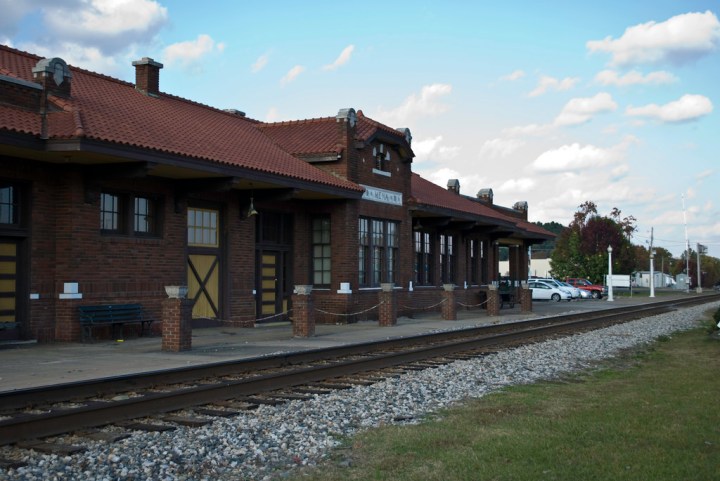
Mena happened because of trains. Specifically, because of Pittsburg & Gulf Railroad, later called the Kansas City Southern. The railroad went between Port Arthur, Texas and Kansas City, Missouri. The man who owned the railroad, Arthur E. Stillwell, had a financier whose wife was gloriously named Folmina Margaretha Janssen deGeoijen. She is how Mena got its name. The first train arrived in 1896, the Bank of Mena opened in 1897, and Mena usurped the county seat by being awesome in 1898. Basically, Mena had a really good decade back near the turn of the twentieth century.
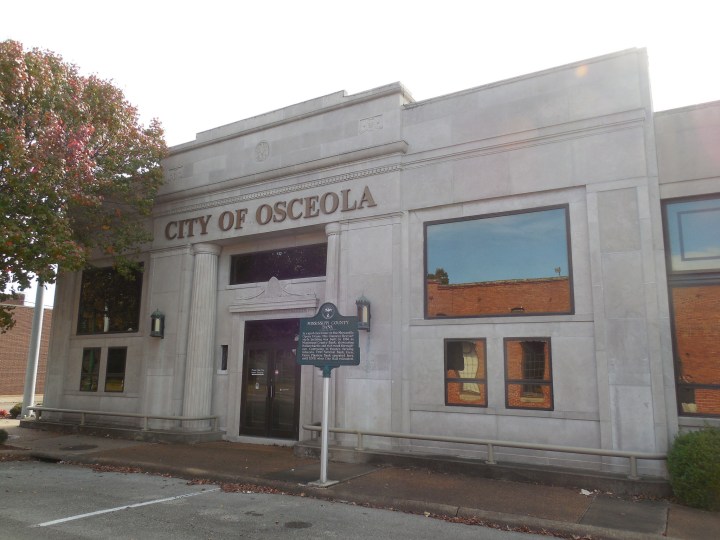
In 1830, a couple of guys named William Bard Edrington and John Price Edrington bartered with Native Americans living along the Mississippi River to take possession of a few huts. Other people saw these huts and the white settlers living there and decided to build log structures by the river. This is how Osceola became a landing place for Mississippi River travelers. In 1837 it was called Plum Point, but its named changed when it became an incorporated community in 1853.
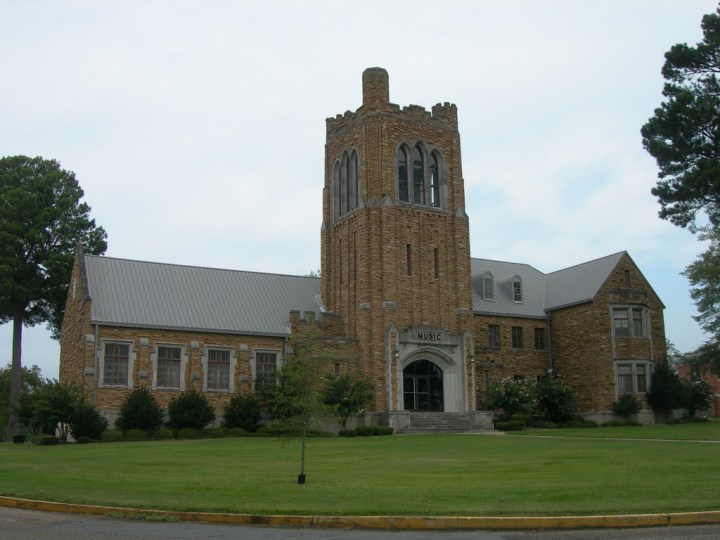
There was a place near current day Monticello called Rough and Ready Hill. It was settled in 1836. When Drew County was formed in 1846, the residents decided they wanted to build a new town for the county seat. So in 1849 a couple of settlers named Fountain and Polly Austin donated the eighty- three acres where the new town could be built. Most people think they named the town after Thomas Jefferson’s Virginia home.
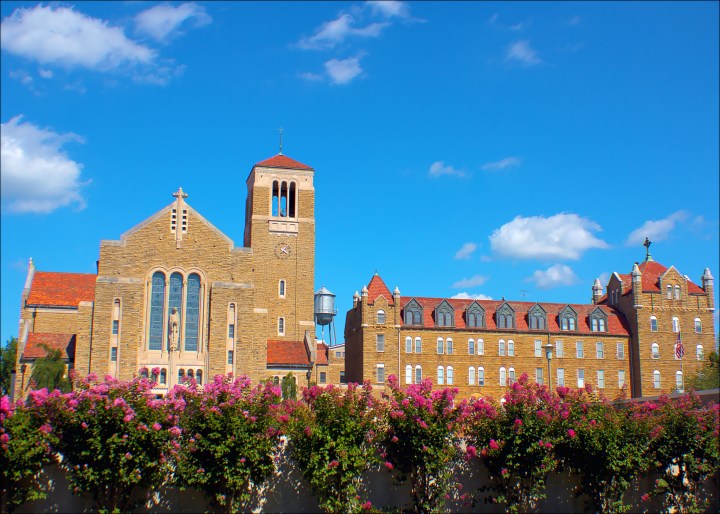
Unsurprisingly, Subiaco grew up around the Subiaco Abbey. It was formed in 1877, and first called St. Benedict’s Colony. The colony was a haven for German-speaking people moving into the area. The town proper came into being around 1909, after the railroad came there. After the railroad came the post office, lo and behold, Subiaco was incorporated in 1912. The railroad stopped coming in 1949, but the town still remains.
Advertisement

A blacksmith named William Blakeley set up shop on a bluff near the Arkansas River in 1808, and a few years later a salt works began work across the river from him. Soon there was also trading post near the boat landing. It was called Blakeleytown for awhile, but the name changed when they started plotting the city in the late 1830s. It is thought that the name change had to do with Blakeleytown not being a dignified enough name for the new county seat. Arkadelphia is either named after the Greek words for "arc of brotherhood" or because a large number of the settlers there knew about a town called Arkadelphia in Alabama.
Does your town have an interesting origin story? Tell us all about it in the comments!
OnlyInYourState may earn compensation through affiliate links in this article. As an Amazon Associate, we earn from qualifying purchases.


